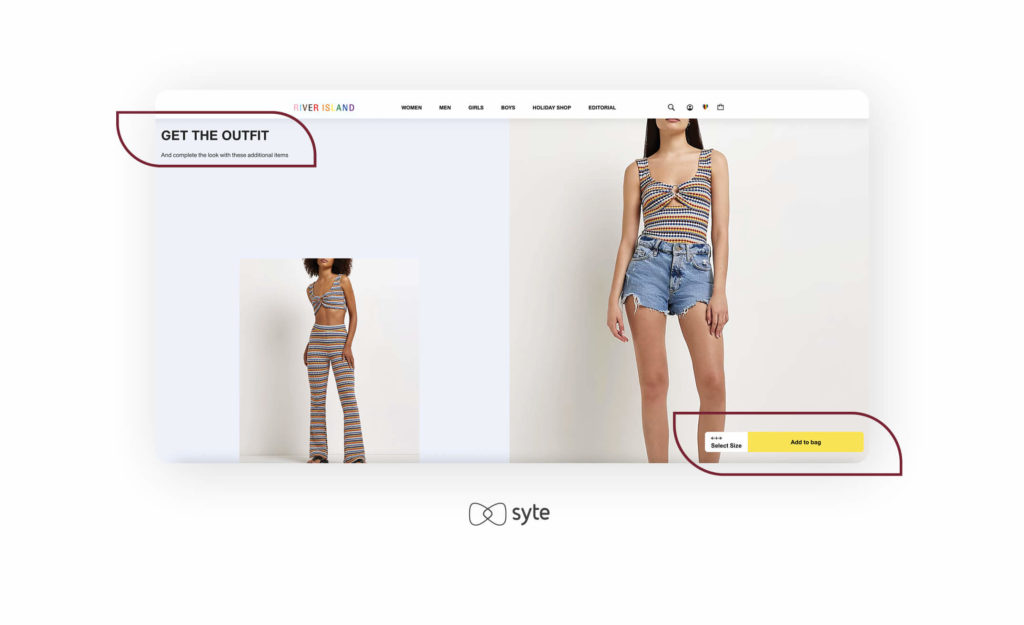Conversion optimization refers to the methods applied to increase the number of website users who carry out a brand’s desired actions. These come in many forms. For eCommerce though, the action, in particular, is driving purchases. The process also includes analyzing users who visit your website, their site behaviors, and the conditions that lead to purchase.
Occasionally, it is also called conversion rate optimization (CRO).
You can compute the conversion rate of your website by taking the number of goals or conversions completed and dividing it by the total number of users. Then, you should take the result and multiply it by 100 for the percentage.

Why is Conversion Optimization Important?
The goal of conversion optimization is to increase the number of visitors who become customers. This allows for an increase in revenue, brand growth, and customer satisfaction.
When you take the time to understand the process of product discovery to purchase, you will be able to tailor a better customer experience. This then will have an impact on increasing user engagement, driving more conversions, and ultimately improving the conversion rate. A memorable customer journey is also more likely to create repeat transactions and consequently increase customer lifetime value (CLV).
Through conversion optimization, brands and retailers can allocate funds to marketing efforts that bring results. It lowers spending on customer acquisition costs because shoppers have an increased CLV. Moreover, brands can see an increase in average revenue per user because optimizing conversions can also focus on existing customers.
Strategies for Optimizing Conversions
At the core, conversion optimization means understanding visitors and shoppers, and aiming to provide what they need. This entails various tasks, which includes the following:
- Use tools that collect data and show your performance in terms of numbers and figures. You can rely on analytics to track incoming and outgoing website traffic, and show the number of interactions certain parts of your site receives. There are also funnel tools that you can use to see how far along the buying journey visitors reach.
- Collect customer feedback on their site experience in the form of surveys and online reviews. You can identify areas for improvement as well as efforts that are generating impact.
- A/B testing can help determine which parts of a website work better than others. This is especially helpful for websites that generate plenty of traffic and to shed light on which initiatives to implement at scale.
- Spread calls to action on your brand website appropriately to create a sense of urgency. Customers will often take the chance to act when they know they have a limited time to make a decision.